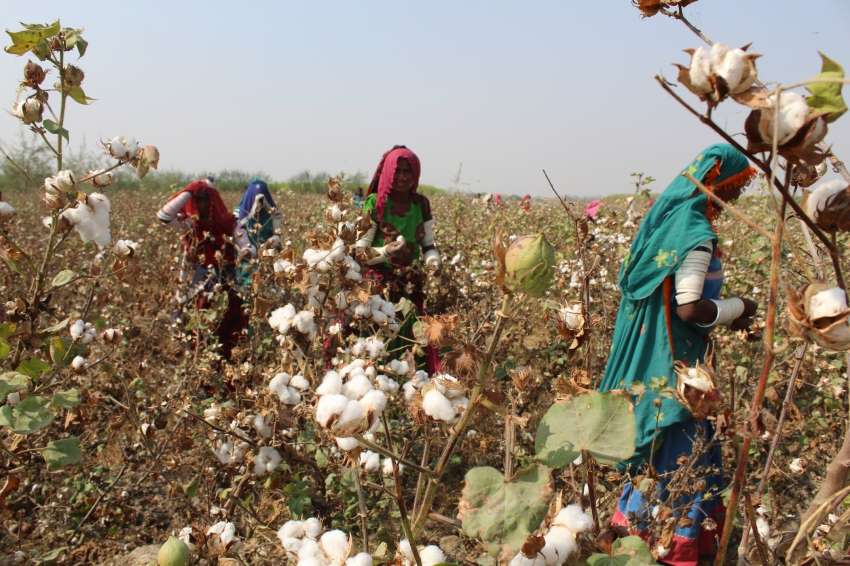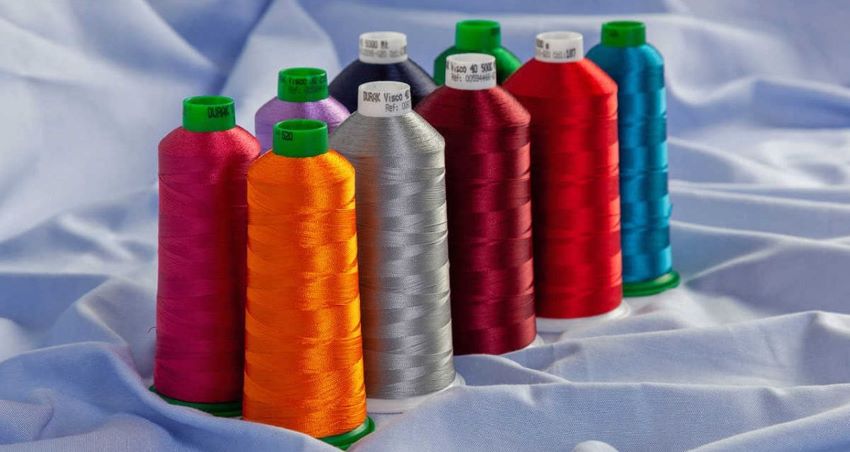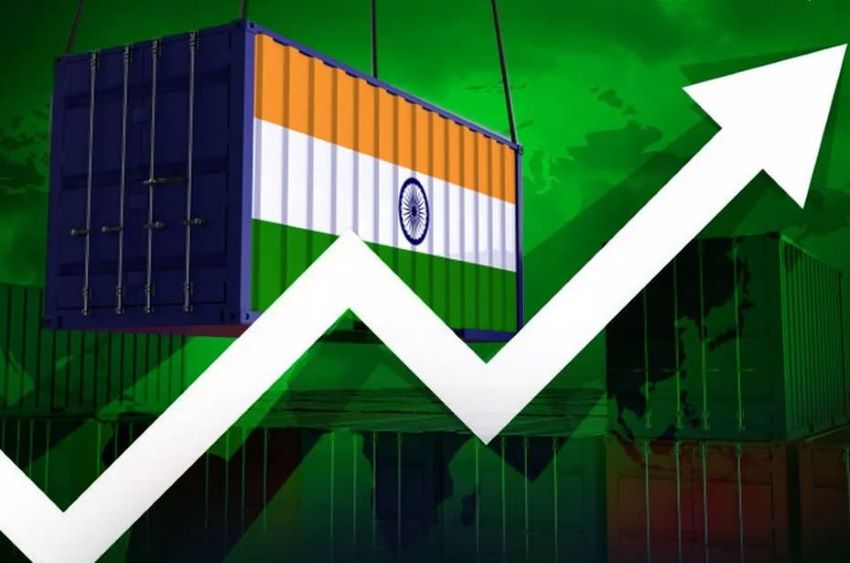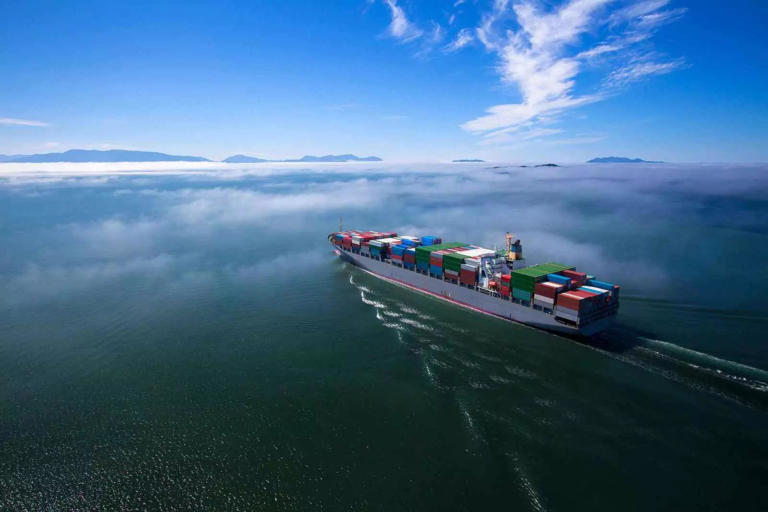FW
Turkey has accused the US of dumping cotton and has launched a probe. The investigation could result in penalties on US cotton imports. However, Turkey’s textile industry doesn’t want any such probe. News of the probe into US fiber imports a month ago has brought buying by Turkish mills almost to a standstill, escalating fears in the United States, the world's top exporter, about demand from one of its top foreign buyers. If a probe takes place, Turkey fears mills will go to Brazil, Greece or Australia for their cotton.
Turkey's mills hope the US government will also help pressure their country for a resolution of the anti dumping investigation. The probe comes at a tough time for the global cotton industry as prices sink below the cost of production because of slowing demand in China, the world’s largest textile market.
In Turkey, mills are plagued by unrest in important markets, including Ukraine and Syria, where demand has dried up. Syria was not only a significant market but a door to the whole Arab peninsula. It is a big blow for the United States too as buying by Turkey's mills has slowed since the launch of the probe.
 Pitti Immagine Uomo 87, the international trade event showcasing men’s fashions and contemporary lifestyle trends, will be held in Florence from January 13 to 16, 2015. The show will have everything from the excellence of the makers of the new classics to cutting-edge accessories that are playing an increasingly decisive role, to brands that have redefined sportswear, menswear, new luxury trends, special projects presented by leading international designers, previews of women’s collections and support for new talents.
Pitti Immagine Uomo 87, the international trade event showcasing men’s fashions and contemporary lifestyle trends, will be held in Florence from January 13 to 16, 2015. The show will have everything from the excellence of the makers of the new classics to cutting-edge accessories that are playing an increasingly decisive role, to brands that have redefined sportswear, menswear, new luxury trends, special projects presented by leading international designers, previews of women’s collections and support for new talents.
Pitti Uomo is the global platform for top brands and international fashion groups that choose Florence as the place to launch new projects, as well as for little-known names who see Pitti Uomo as the ideal context for establishing their identities and generating business. As also for fashion system’s international players for whom the fair is the perfect springboard for presenting new concepts on the world’s stage.
With a record number of applications from around the world – 40 per cent of the vendors coming from more than 30 countries, Pitti Uomo 87 will once again offer a unique and original view of many links between art, fashion, sport and design. There will be approximately 1,090 brands at Pitti Uomo, plus 70 women’s collections at Pitti W.
Walabout Pitti: January title theme
Walkabout Pitti is the title theme for January fair, and it will explore the infinite and popular dimension of traveling on foot. “Walking just for the pleasure of doing it”, says Agostino Poletto, Deputy General Manager of Pitti Immagine, adding, “To see, think about and savour the world alone or with friends. Walking for sport or because walking, or talking about, is the ‘in’ thing. Today, more than ever before, walking is an expression of a way of life. Walkabout Pitti is a hymn to multiple technical facets, clothing styles and their uses and to the central role of accessories.”
dimension of traveling on foot. “Walking just for the pleasure of doing it”, says Agostino Poletto, Deputy General Manager of Pitti Immagine, adding, “To see, think about and savour the world alone or with friends. Walking for sport or because walking, or talking about, is the ‘in’ thing. Today, more than ever before, walking is an expression of a way of life. Walkabout Pitti is a hymn to multiple technical facets, clothing styles and their uses and to the central role of accessories.”
The Menswear Guest Designer at Pitti Uomo 87 will
Hood By Air is the Pitti special guest
Hood By Air, the New York-based luxury brand created by Shayne Oliver in 2006, will be the Pitti Special Guest. Hood By Air (HBA), is already admired by members of the trade for its creative cutting-edge collections. It will produce a special event during Pitti Uomo.
The new Olivier Saillard performance with Tilda Swinton
Fondazione Pitti Discovery presents Cloakroom, an original mise en scène written and directed by Olivier Saillard and played by Tilda Swinton, style icon, muse and one of the best-known contemporary actresses. The director of the Palais Gallieria, Musée de la mode de la Ville de Paris, fashion critic and historian, author/actor is coming back to Florence to present a performance centered on the suit.
Special projects, previews and important reentries
Afew of the main features to be presented at Pitti Uomo 87 include: a major investment by a prestigious German brand like Bogner that has chosen Pitti Uomo as the stage for the presentation of the Bogner Man F/W 2015 collection, along with Bogner Leather and Bogner Shoes;
Pitti Uomo, the world premiere of the new look by North Sails, presented by the new CEO of North Sails Apparel, Eric Bijlsma, famous German brand, Windsor is among the important reentries; Colmar Originals will be showing the new fall-winter collection, Melting West; Scotch & Soda has chosen Pitti Uomo to not only present it’s eclectic tailoring menswear collection Atelier Scotch, but also the main collections Scotch & Soda menswear and Maison Scotch women’s wear.
WP Lavori in Corso presents the exclusive world launch of the new venture with the motorcycle brand Ducati Motor Holding that will culminate in a special presentation of the new Blundstone Ducati Scrambler and of Blundstone 800, the historic Australian boots, adapted to the needs of the rider, the international debut of the new project by Fusalp, the French heritage brand that will be looking to its core identity in a ski and après-ski collection that mixes high tech materials with perfect and comfortable styling; the return at Pitti Uomo of Tiger of Sweden, one of the big player of the Scandinavian fashion; the important participation of Beach Company the group that will be showing its brands – Refrigue, Jaggy and Elvstrom – in the Sala delle Grotte. Several other interesting events and pavilions will attract audiences at Pitti Uomo 87.
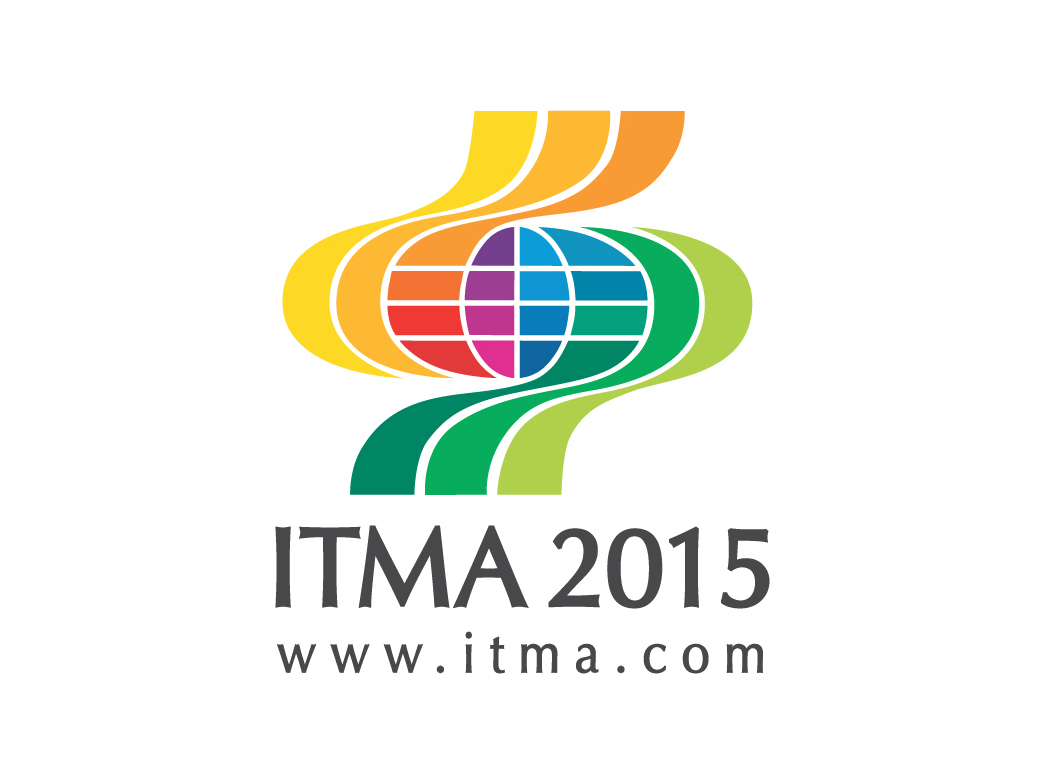 The European Technology Platform for the Future of Textiles and Clothing (Textile ETP) will be in the spotlight at ITMA 2015, the textile and garment technology exhibition to be held from November 12 to 19, 2015. Its key projects will be showcased at the exhibition's Research and Education Pavilion (R&E Pavilion).
The European Technology Platform for the Future of Textiles and Clothing (Textile ETP) will be in the spotlight at ITMA 2015, the textile and garment technology exhibition to be held from November 12 to 19, 2015. Its key projects will be showcased at the exhibition's Research and Education Pavilion (R&E Pavilion).
The Textile ETP, initially launched in 2004, was established as an international non-profit organisation last year by three founding members: EURATEX, the European Apparel and Textile Confederation; TEXTRANET, the European Network of Textile Research and Technology Organisations; and AUTEX, the Association of Universities for Textiles.
Among the highlights are: Textile ETP are Energy Made-to-Measure campaign and 2BFUNTEX  project. 2BFUNTEX, spearheaded by AUTEX, 2BFUNTEX aims to boost collaboration between research centres and the industry, and to facilitate rapid adoption of innovative functional textile structures and textile-related materials. Within the project, eight multidisciplinary teams (MDTs) have been set up called antimicrobial textiles, biotechnologies, electro-spinning, flame retardancy, nanotechnologies, plasma, smart textiles and sustainable textiles.
project. 2BFUNTEX, spearheaded by AUTEX, 2BFUNTEX aims to boost collaboration between research centres and the industry, and to facilitate rapid adoption of innovative functional textile structures and textile-related materials. Within the project, eight multidisciplinary teams (MDTs) have been set up called antimicrobial textiles, biotechnologies, electro-spinning, flame retardancy, nanotechnologies, plasma, smart textiles and sustainable textiles.
Energy Made-to-Measure is the campaign coordinated by EURATEX and supported by the European Union to pursue greater energy efficiency in the textile and clothing industry. Several organisations from 11 countries are involved in the campaign which brings resources and information to companies, supporting them to take action.
Among the institutions which will be participating in ITMA 2015 is the NC State University College of Textiles, USA. The R&E Pavilion will feature a Speakers Platform for participating institutes to present their latest projects. At the same time, to recognise outstanding achievements in textile and garment related post-graduate research, CEMATEX has launched the Research & Education Excellence Award. Participating institutions in the R&E Pavilion may nominate their post-graduate students for the Masters and Doctorate categories of the award.
The UAE is the world's third largest exporter of textiles, after the US and the UK. It has a 7.75 per cent share of the global export market. The secret of the textile industry’s success in the UAE is that the country sets up trends that others follow. The UAE has overcome the challenges of the global market such as volatility in price, rising input costs, energy crisis and lack of marketing exposure.
Its textile industry is the largest trading sector in the country after oil, and is also one of the biggest employment providers. The industry is undergoing a major reorientation toward non-clothing applications, such as technical textiles.
The Emirates is strategically located. Most of the production of jute, yarn, apparel, clothing and garments takes place in Asian countries like China and India, both leading manufacturers of textiles. The UAE, being located as a border market to major production areas, is doing well, in re-exporting to all parts of the world. This can be attributed to the ease in logistics as well as the low costs of shipping in and out of the country.
US imports of synthetic fibers is on the rise. Through September, man-made fiber apparel imports were almost 43 per cent of total apparel imports, a 9 per cent increase over the first nine months of 2013.
Of the man-made fiber apparel imports into the US, 42 per cent was from China, a 7.8 per cent increase over the same period last year. Vietnam was the second largest source, up 21.4 per cent from last year. Indonesia, Mexico and Honduras are the next largest sources of man-made apparel.
Men’s knit shirts of chiefly man-made fiber have grown by almost 15 per cent so far this year, representing the fastest growing of the key import categories. Women’s knit tops have increased by 7.6 per cent and dresses are up by 7.2 per cent. Cotton apparel categories that have seen big decline in dollar volume this year include: women’s and girls’ pants (11 per cent), women’s and girls’ knit tops, (4.6 per cent), cotton skirts (17 per cent), and bras and other foundations, down (26 per cent).
Initiatives put in place more than a year ago by retailers and brands to replace cotton with synthetics when cotton prices were high have been the driving force behind the shift. It remains to be seen, now that cotton prices have dropped significantly, whether the tide will turn. Polyester prices have been declining due to plummeting oil prices, which impacts synthetic fiber raw material costs.
The Cashmere and Camel Hair Manufacturers Institute (CCMI) has called for greater protection of the cashmere name through education and enforcement directed towards reducing instances of mislabeling.
CCMI is undertaking legal efforts to protect the integrity of fine fibers. It is working with Italian, Japanese and Korean research institutions and laboratories to develop enhanced fiber identification tools. It has called for efforts to target fraudsters who repeatedly mislabel cashmere and other fine fiber products and to develop affordable technologies to test and guarantee their integrity.
Cashmere and other fine fibers are in dire need of rejuvenation. Playing with fresh colors, avant-garde motives, different volumes and special effects, blending it with different fibers and materials can give cashmere a more casual image and make it more attractive to younger generations.
Thanks to new spinning technologies and processes, it is now possible to spin finer yarn and make lighter garments that can be worn throughout the year and by the whole family. Technical treatments such as self-cleaning capabilities, quick drying and higher resistance to pilling are making cashmere easier to care for than ever before, also making it suitable for casual and even sportswear.
www.cashmere.org/
Threadsmiths, an Australian company has developed a T-shirt that completely repels dirt and liquid, leaving the surface of the fabric crisp, dry, and without stains. The 100 per cent cotton T-shirt by Threadsmiths incorporates a lotus leaf inspired nanotechnology. It’s meant for men and women.
While other white T-shirts are stained and ruined by liquids such as coffee and wine, the tee’s hydrophobic properties cause liquids to bead-up and fall off the fabric, cleaning the fabric in the process. While hydrophobic technology has previously been synthesised into a spray-on application, these aerosols completely destroy fabrics and have been known to contain carcinogenic chemicals.
This is a patented technology, unlike other liquid-repelling applications and aerosols which can contain chemicals. The tees emulate the natural hydrophobic properties of the lotus leaf. They contain no aerosol applications and no dangerous chemicals. Creating a natural self-cleaning effect, any residue left on the material can be removed by just wiping or rinsing off it off with water.
The company hopes to use the fabric to make garments other than T-shirts. The fabric could be revolutionary for restaurants and cafes, where spills on tablecloths and aprons are a daily occurrence, and also in the medical sector and hospitals, apart from sectors like hospitality and sports.
Threadsmiths is a clothing technology company based in Melbourne, Australia, pioneering a new era of nanotechnology integrated apparel.
www.threadsmiths.com.au/
Two years after the factory fire at Tazreen Fashions in Bangladesh killed more than 100 people and injured more than 300, an agreement has been reached on how victims will be compensated. The payment package will compensate for income lost and medical assessments and treatment. The outline agreement between the Clean Clothes Campaign and retailer C&A provides the principles for a compensation process to give much-needed financial assistance and allow survivors to get essential medical care.
Walmart, Sears and Spanish department store El Corte Ingles were producing goods at Tazreen but only Hong Kong- based sourcing agent Li & Fung and C&A have paid so far into a compensation fund through the Bangladesh government. El Corte Ingles has reportedly made informal promises to compensate victims. Details of the program are expected to be settled over the next several days.
The fire broke out on November 24, 2012, killing at least 112 workers. The massive building didn't have a staircase mounted to the outside for emergency exit, and each floor had windows securely bolted with iron frames, effectively turning the factory into a cage for workers.
Disastrous factory fires occur regularly in Bangladesh. Between 1990 and 2012, there were at least 33 major fires at garment facilities, claiming 500 lives.
Centro Seta has introduced a collection of sustainable silk fabrics for autumn/winter 2015-2016. The collection, called Bacx, was developed through extensive technological research to ensure high quality silk fabrics were also sustainable and responsible, and the new range offers complete transparency across all production processes.
Bacx is a complete collection of new generation silks characterized by innovative styles and compositions born of innovative sustainable research, processes and solutions. Centro Seta is an Italian textile company. The transparent traceability of Bacx begins at the source – the raw materials – and crosses the production process all the way to the finished product.
Centro Seta’s new eco-friendly silks are offered in two ranges: GreenFiber and Newlife. GreenFiber range fabrics are created using a new silk yarn derived from recycled production wastes. The Newlife range of high-tech, eco-silk fabrics combines traditional silk with Newlife threads, which are made from recycled bottles. The bottles are transformed into a polymer and then worked into a thread through a mechanical process.
The result is a range of refined, unique and fully sustainable silk fabrics, 100 per cent made in Italy, produced using special, exclusive dyestuffs that ensure good wash fastness properties. The Bacx collection is certified by the Global Organic Textile Standard and is available in a wide variety of colors. For 30 years Centro Seta has been known for style, creativity and production excellence.
The Denim by Premiere Vision held in Spain on November 19 and 20 saw almost 4,000 visitors. Europe alone represented 70 per cent of the visitors. The event showcased products like fashion accessories and fabrics. It showed a glimpse of 2016 Spring/Summer trends.
The show saw 98 exhibitors from 20 countries. After Spain, Turkey had the second largest contingent, followed by Italy, the United Kingdom, France, Germany, Portugal and Belgium. About 72 per cent of visitors were international and came from 60 different countries. There were visitors from Japan, India, Pakistan, Hong Kong and Brazil. Northern Europe and Scandinavia are specialist markets for premium denim. Among the top Northern European visitors were the Netherlands, followed by Sweden and Denmark.
The Middle East and North Africa, with Tunisia and Morocco leading, had a significant presence of manufacturers, launderers and finishers, who came to meet their weaver clients. The Northern American countries also registered a significant increase since visitors from this area grew by 38 per cent when compared with the November 2013 attendance figures.
Visitors included buyers, decision-makers and creatives from premium and established brands including 7 For All Mankind, Abercrombie & Fitch, Benetton, Burberry, Calvin Klein and Chanel.
www.denimbypremierevision.com/


